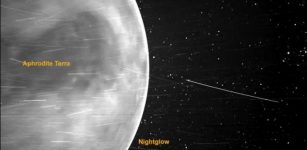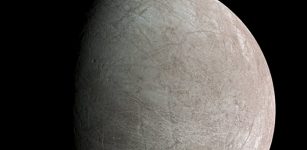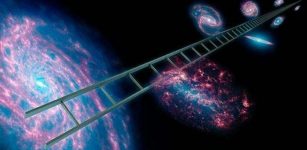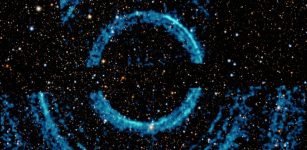NICER Found X-ray Pulsar That Revolve Around Each Other Every 38 Minutes
MessageToEagle.com – Astronomers analyzing the first data from the Neutron star Interior Composition Explorer (NICER) mission have discovered two stars that revolve around each other every 38 minutes.
One of the stars in the system, called IGR J17062–6143 (J17062 for short), is a rapidly spinning, super dense star called a pulsar. The stellar pair – at the distance of about 186,000 miles (300,000 kilometers) from each other – have the shortest-known orbital period for a certain class of pulsar binary system.
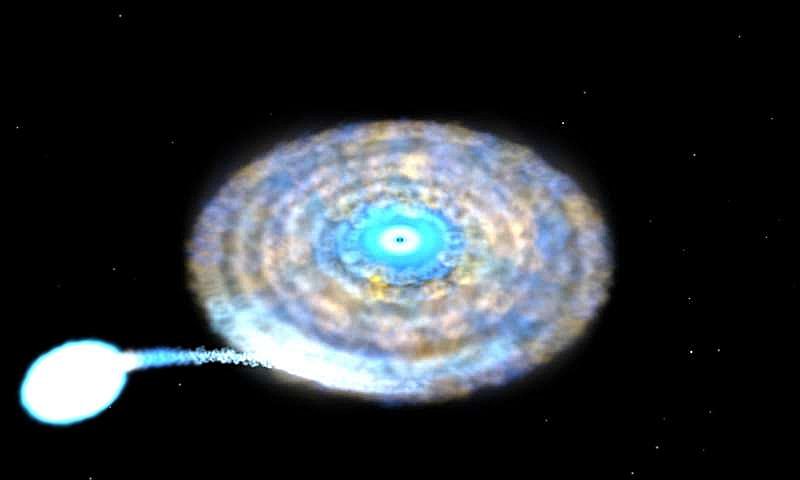
Based on the data from NICER also show J17062’s stars are only about 186,000 miles (300,000 kilometers) apart, less than the distance between Earth and the Moon. The second star is most probably a hydrogen-poor white dwarf.
J17062’s stars revolve around each other in a circular orbit, which is common for AMXPs. The white dwarf donor star is a “lightweight,” only around 1.5 percent of our Sun’s mass. The pulsar is much heavier, around 1.4 solar masses, which means the stars orbit a point around 1,900 miles (3,000 km) from the pulsar.
“It’s not possible for a hydrogen-rich star, like our Sun, to be the pulsar’s companion,” said Tod Strohmayer an astrophysicist at Goddard and lead author on the paper, in a press release.
“You can’t fit a star like that into an orbit so small.”
NICER, which was installed aboard the International Space Station last June, has been able to observe the system for much longer periods of time. In August, the instrument focused on J17062 for more than seven hours over 5.3 days. Observations confirmed the record-setting orbital period for a binary system containing what astronomers call an accreting millisecond X-ray pulsar (AMXP).
A previous 20-minute observation of J17062 by the Rossi X-ray Timing Explorer (RXTE) in 2008, found X-ray pulses recurring 163 times a second. These pulses mark the locations of hot spots around the pulsar’s magnetic poles, so they allow astronomers to determine how fast it’s spinning. J17062’s pulsar is rotating at about 9,800 revolutions per minute.
The 2008 study was only able to set a lower limit for J17062’s orbital period.
“The distance between us and the pulsar is not constant,” Strohmayer said. “It’s varying by this orbital motion. When the pulsar is closer, the X-ray emission takes a little less time to reach us than when it’s further away. This time delay is small, only about 8 milliseconds for J17062’s orbit, but it’s well within the capabilities of a sensitive pulsar machine like NICER.”
Original story – here.
MessageToEagle.com

